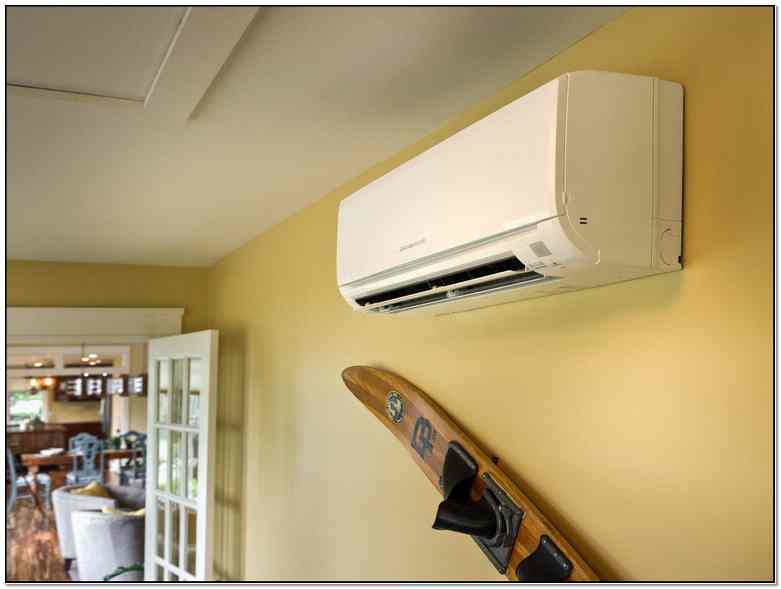Pros and Drawbacks of Ductless Mini-Split HVAC Units
Ductless, mini split A/C Systems have numerous potential applications in property, business, and institutional structures. The most common applications are in multifamily real estate or as retrofit add-ons to homes with "non-ducted" heater, such as hydronic (warm water heat), glowing panels, and space heaters (wood, kerosene, lp). They can also be a great choice for room additions and small apartments, where extending or setting up distribution ductwork (for a main air-conditioner or heater) is not possible.
Like main systems, mini splits have 2 primary components: an outside compressor/condenser, and an indoor air-handling system. A channel, which houses the power cable, refrigerant tubing, suction tubing, and a condensate drain, connects the outside and indoor units.
Advantages
The primary benefits of mini splits are their small size and versatility for zoning or warming and cooling private spaces. Lots of designs can have as many as four indoor air dealing with systems (for 4 zones or spaces) connected to one outdoor system. The number depends upon how much heating or cooling is needed for the building or each zone (which in turn is impacted by how well the building is insulated). Each of the zones will have its own thermostat, so you just need to condition that area when it is inhabited, saving energy and loan.
Ductless mini split systems are also typically much easier to install than other kinds of area conditioning systems. For instance, the hook-up between the outdoor and indoor systems normally needs only a three-inch (8 centimeter) hole through a wall for the channel. Also, many manufacturers of this type of system can provide a range of lengths of linking channels. So, if essential, you can find the outside unit as far away as 50 feet (15 meters) from the indoor evaporator. This makes it possible to cool rooms on the front side of a structure home with the compressor in a more useful or unnoticeable put on the outside of the structure.
Given that mini divides have no ducts, they avoid the energy losses related to ductwork of main forced air systems. Duct losses can account for more than 30% of energy usage for space conditioning, particularly if the ducts remain in an unconditioned space such as an attic.
Compared with other add-on systems, mini divides deal more versatility in interior design alternatives. The indoor air handlers can be suspended from a ceiling, installed flush into a drop ceiling, or hung on a wall. Floor-standing models are likewise readily available. Most indoor systems have profiles of about seven inches (18 cm) deep and normally featured smooth, high-tech-looking coats. Many also use a remote control to make it much easier to turn the system on and off when it's positioned high up on a wall or suspended from a bulldogheating.com ceiling. Split-systems can also help to keep your home much safer, because there is only a little hole in the wall. Through-the-wall and window mounted room air-conditioners can provide a simple entryway for intruders.
Drawbacks
The primary downside of mini divides is their expense. Such systems cost about $1,500 to $2,000 per ton (12,000 BTU per hour) of cooling capacity. This has Have a peek at this website to do with 30% more than central systems (not including ductwork) and may cost twice as much as window units of comparable capacity.
The installer needs to likewise correctly size each indoor system and judge the best location for its installation. Large or improperly situated air-handlers often result in short-cycling, which wastes energy and does not supply appropriate temperature or Bulldog Heating and Cooling humidity control. Too large a system is also more expensive to buy and run.
Some Bulldog Heating & Cooling people may not like the look of the indoor part of the system. While less meddlesome than a window room air conditioning system, they hardly ever have the integrated look of a central system. There must likewise be a place to drain condensate water near the outside system.

Certified installers and service people for mini splits might not be simple to find. In addition, most traditional heating & cooling specialists have big investments in tools and training for sheet metal duct systems. They require to use (and charge for) these to earn a return on their financial investment, so they may not suggest ductless systems except where a ducted system would be tough for them to set up.
